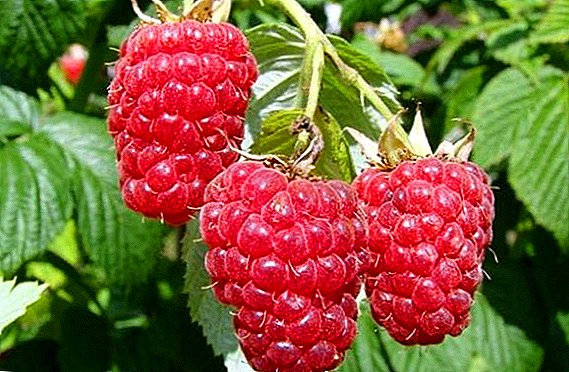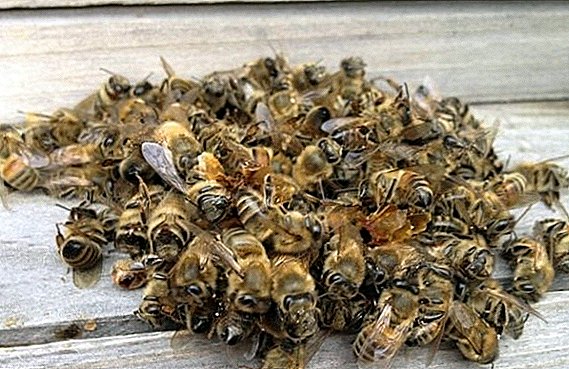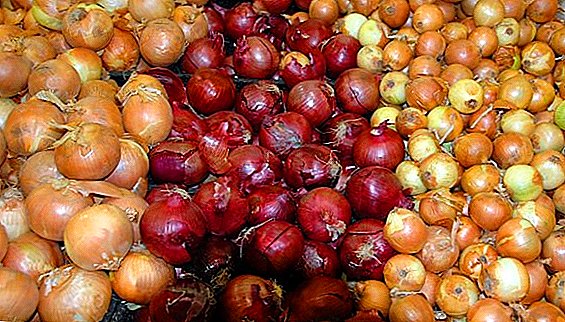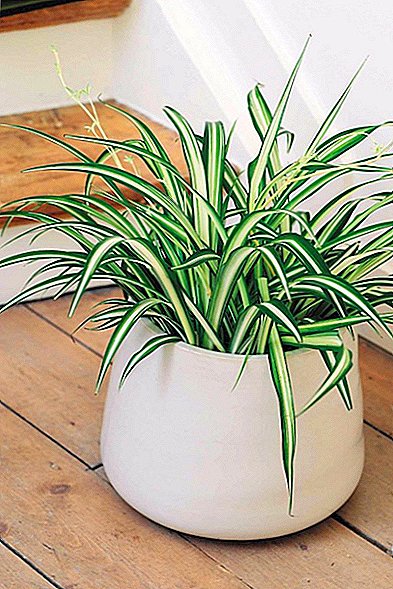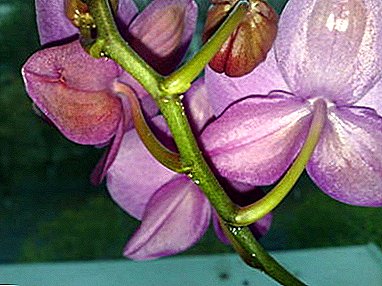
Elegant and well-groomed blooming orchid - the pride of every grower. Attentive owners of these plants try not to lose sight of the slightest change in the state of the flower.
The appearance of sticky droplets on an orchid is one of the most common problems in caring for flowers, which causes concern and requires close attention and preventive measures.
What is white bloom?
It contains sugary substances from the plant's internal juices and can act on peduncles, pseudobulbs, trunk and leafy parts of an orchid.
Causes of droplets on the leaves, stem and peduncle
Why do sticky drops appear? There are several factors that provoke their appearance - from completely harmless to extremely dangerous:
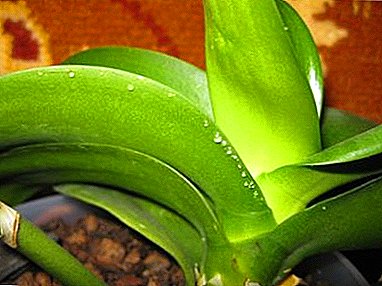 Mealybug infestation. Viscous droplets over the entire surface of the leaf and on its tips may be the first symptom of the defeat by this parasite. Following the appearance of droplets, the plant is covered with a white or grayish bloom from colonies of harmful insects. They rapidly multiply and poison the flower with the products of their life, leading to the death of orchids.
Mealybug infestation. Viscous droplets over the entire surface of the leaf and on its tips may be the first symptom of the defeat by this parasite. Following the appearance of droplets, the plant is covered with a white or grayish bloom from colonies of harmful insects. They rapidly multiply and poison the flower with the products of their life, leading to the death of orchids.- Other diseases: the release of a lipkovat substance may also indicate that the flower suffers from attacks of ticks, worms or scutes.
- Attraction of insects for pollination: In this case, the drops are just sweet nectar that attracts creatures that can pollinate a flower in nature, such as moths, wasps, bees, and even spiders.
At home, this harmless process can be dangerous, as the sweet liquid will attract not natural pollinators, but harmful ants and aphids.
- Way of self-defense: the plant needs nectar to divert the attention of some pests from flowers and buds - they die in viscous droplets on orchid leaves before reaching the inflorescence.
Honeydew is attractive to aphids, followed by ants that drive away leaf cutters that are dangerous for orchids. However, such a mechanism is fraught with excessive reproduction of aphids, sucking nutritious juices from orchids.
- Abundant plant nutrition: Orchid, saturated with artificial nutrients, gets rid of excess sucrose, actively producing sweet dew on the surface.
- Irregular irrigation: sharp drops in the volume of moisture received by the plant, accumulation of liquid in the pan or substrate, improperly formed drainage also provoke the appearance of sticky droplets.
We offer to watch a video about why drops appear on the orchid:
Why does the plant release fluid?
When a fluid protruding on the surface of a plant is detected, it is worthwhile to take the following actions in order to reveal what caused this:
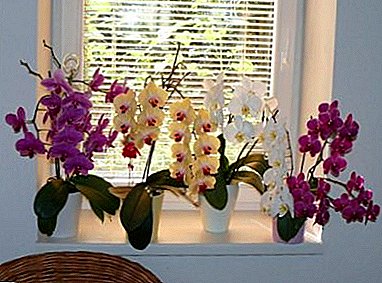 measure the temperature and humidity of the air;
measure the temperature and humidity of the air;- level of aspiration;
- it is also necessary to exclude the factor of harmful influence of direct sunlight and excessive watering;
- isolate the orchid from other flowers and conduct a thorough inspection of each leaf, peduncle, rosette and substrate.
Usually, parasites can be seen with the naked eye or with a magnifying glass - directly inside the viscous droplets, on the reverse side of the sheets, and also in the tubercles tucked in webs. If there are no traces of damage, and the conditions of orchid maintenance are close to optimal, then, most likely, there are no reasons for panic.
The isolation of nectar in this case is a natural process of transpiration. In the opposite case, it is necessary to take measures to improve flower care and pest control.
What to do?
In the case when the viscous droplets signal the presence of problems, it is necessary to revise the principles of orchid care. Principles of Orchid Care:
- Replace watering by dipping the pot (up to the level of the barrel) in a bucket or basin with water for 15-20 minutes. The procedure is carried out once every 2 weeks. In addition, it is recommended to add fungicide tablets to the 1-2 capacity, for example, "Alirin-B".
- Reduce moisture intake in winter - excessive moisture only creates favorable conditions for the reproduction of pests. The sure signal to water a flower is to dry the roots.
- In the summer, the plants should not be allowed to dry out: spray orchids from a spray bottle and organize watering from the shower with warm enough water.
After the irrigation procedure, the accumulation of sticky drops must be removed manually with a cotton pad or cotton cloth.
- Protect the orchid from direct sunlight.
- For a time, stop fertilizing the flower with fertilizer.
If a viscous substance on the surface of an orchid is a symptom of infestation by parasites, then measures should be taken immediately. Prevention measures:
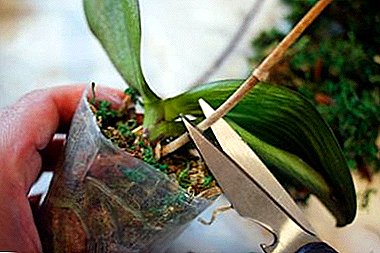 With a powdery mealybum lesion: cut off infected flowers, wipe leaves on both sides, window sill and shelves for plants with insecticides, diluted in accordance with the instructions ("Fitoverm", "Aktara"). It is also desirable to completely replace the substrate.
With a powdery mealybum lesion: cut off infected flowers, wipe leaves on both sides, window sill and shelves for plants with insecticides, diluted in accordance with the instructions ("Fitoverm", "Aktara"). It is also desirable to completely replace the substrate.- In the presence of aphids: daily mechanically treat the diseased areas with soapy water (1 briquette of laundry soap per 5 liters of water) or resort to the use of special preparations, for example, Fozalon, Phosphamid.
- Attacks shchitovki: remove dry and yellowed leaves and flowers, and treat healthy parts of the plant with an oil solution (2 tablespoons of olive oil per 1 liter of water), fresh garlic juice or insecticides such as Permethrin and Arrivo.
Chemicals can be hazardous to human health. It is worth working with them in protective gloves and a mask, and also to keep away from children and pets.
Thus, the concern of florist due to the appearance of sticky drops on orchids is not always justified. This phenomenon is often a natural process for the synthesis of flower nectar. At the same time, such dew is a sign of danger to the plant. Attentive inspection of the flower as well timely application of preventive and curative measures is a guarantee of beauty and health of the orchid.


 Mealybug infestation. Viscous droplets over the entire surface of the leaf and on its tips may be the first symptom of the defeat by this parasite. Following the appearance of droplets, the plant is covered with a white or grayish bloom from colonies of harmful insects. They rapidly multiply and poison the flower with the products of their life, leading to the death of orchids.
Mealybug infestation. Viscous droplets over the entire surface of the leaf and on its tips may be the first symptom of the defeat by this parasite. Following the appearance of droplets, the plant is covered with a white or grayish bloom from colonies of harmful insects. They rapidly multiply and poison the flower with the products of their life, leading to the death of orchids. measure the temperature and humidity of the air;
measure the temperature and humidity of the air; With a powdery mealybum lesion: cut off infected flowers, wipe leaves on both sides, window sill and shelves for plants with insecticides, diluted in accordance with the instructions ("Fitoverm", "Aktara"). It is also desirable to completely replace the substrate.
With a powdery mealybum lesion: cut off infected flowers, wipe leaves on both sides, window sill and shelves for plants with insecticides, diluted in accordance with the instructions ("Fitoverm", "Aktara"). It is also desirable to completely replace the substrate.